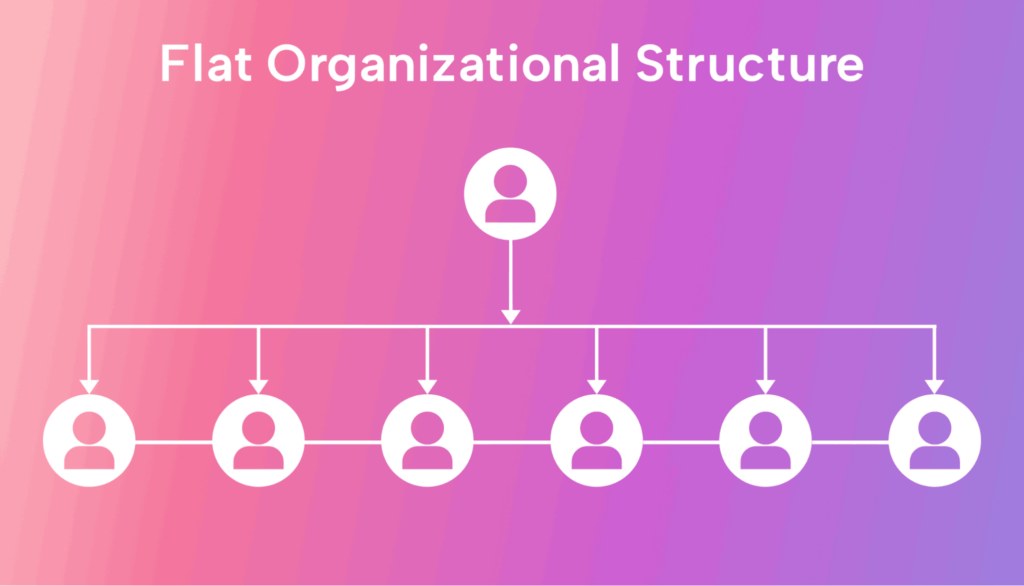Types of Management Structures: Unlocking Success
The Significance of Embracing Varied Management Structures
In the ever-evolving business environment, the structure of management serves as a cornerstone for sustainable growth, competitive advantage, and operational efficiency. CEOs and founders face a critical challenge: aligning their organizational structure with their strategic objectives. Choosing the right structure can mean the difference between agility and stagnation.
This article delves into the nuances of various management structures, offering strategic insights tailored for decision-makers. By examining key models, their benefits, and potential pitfalls, we aim to equip leaders with actionable knowledge to optimize their organizations for long-term success.

Why Management Structures Matter
Management structures define how responsibilities, authority, and decision-making processes flow within an organization. A well-aligned structure ensures:
- Operational Efficiency: Streamlining workflows and communication.
- Strategic Alignment: Enabling execution of business strategies.
- Agility: Adapting to dynamic market conditions.
By understanding different structural models, leaders can craft a framework that resonates with their organization’s goals and market positioning.
Key Management Structures: Pros and Cons
1. Hierarchical Management Structure (Top-Down)
Best For: Large corporations requiring clear authority and control.
Pros:
- Clear lines of authority.
- Simplified accountability.
- Stable and predictable environment.
Cons:
- Bureaucracy slows decision-making.
- Limited flexibility and adaptability.

2. Flat Management Structure
Best For: Startups and SMEs prioritizing speed and adaptability.
Pros:
- Faster decision-making.
- Open communication and employee empowerment.
Cons:
- Risk of role ambiguity.
- Potential for chaos in scaling operations.

3. Matrix Management Structure
Best For: Organizations handling complex, cross-functional projects.
Pros:
- Leverages cross-functional expertise.
- Optimizes resource utilization.
Cons:
- Complexity in reporting lines.
- Conflicting priorities among managers.

4. Functional Management Structure
Best For: Companies focusing on specialization and efficiency.
Pros:
- Encourages functional expertise.
- Clear role definitions within departments.
Cons:
- Risk of silos and limited collaboration.
ullamcorper mattis, pulvinar dapibus leo.

5. Divisional Management Structure
Best For: Conglomerates managing diverse markets or products.
Pros:
- Divisional autonomy enhances market responsiveness.
- Clear accountability for performance.
Cons:
- Resource duplication across divisions.

6. Team-Based Management Structure
Best For: Organizations emphasizing collaboration and innovation.
Pros:
- Encourages teamwork and diverse perspectives.
- Drives innovation through idea sharing.
Cons:
- Resource allocation can be challenging.
- Prolonged decision-making due to consensus-building.

7. Holacracy
Best For: Agile organizations prioritizing decentralized decision-making.
Pros:
- Enhances adaptability and employee empowerment.
- Promotes transparent governance.
Cons:
- Role clarity can be elusive.
- Resistance from traditional-minded employees.

8. Strategic Business Unit (SBU) Structure
Best For: Conglomerates with diverse business portfolios.
Pros:
- Autonomy allows SBUs to tailor strategies.
- Facilitates efficient performance tracking.
Cons:
- Coordination challenges among SBUs.
- Inconsistent branding and messaging.

Strategic Insights for CEOs and Founders
1. Adapting to Growth and Market Dynamics
Startups often begin with flat structures for agility but may transition to functional or divisional models as they scale. Regularly revisiting and evolving the structure ensures alignment with the organization’s maturity and market demands.
2. Aligning Structure with Vision
Your management structure should reflect your strategic goals. For example, a company focused on innovation may thrive under a team-based or matrix model, whereas a traditional manufacturing business might benefit from a hierarchical structure.
3. Testing and Iteration
Implement pilot structures in specific departments before organization-wide rollout. This allows for fine-tuning based on real-world feedback.
4. Investing in People
Employee engagement and satisfaction directly impact the effectiveness of any management structure. Clear communication, career development opportunities, and robust training programs are essential.
Selecting the right management structure is not a one-time decision but an evolving process. By understanding the unique demands of your business and industry, you can create a framework that drives innovation, efficiency, and growth.
At Nexus Arkad Consulting, we specialize in guiding leaders through these critical decisions. Whether you’re scaling a startup or refining an established organization, our expertise ensures you’re equipped for long-term success.
Contact us today to discuss how we can tailor your management structure to unlock your organization’s full potential.

Written by Shadi Ashour
Business Development consultant
